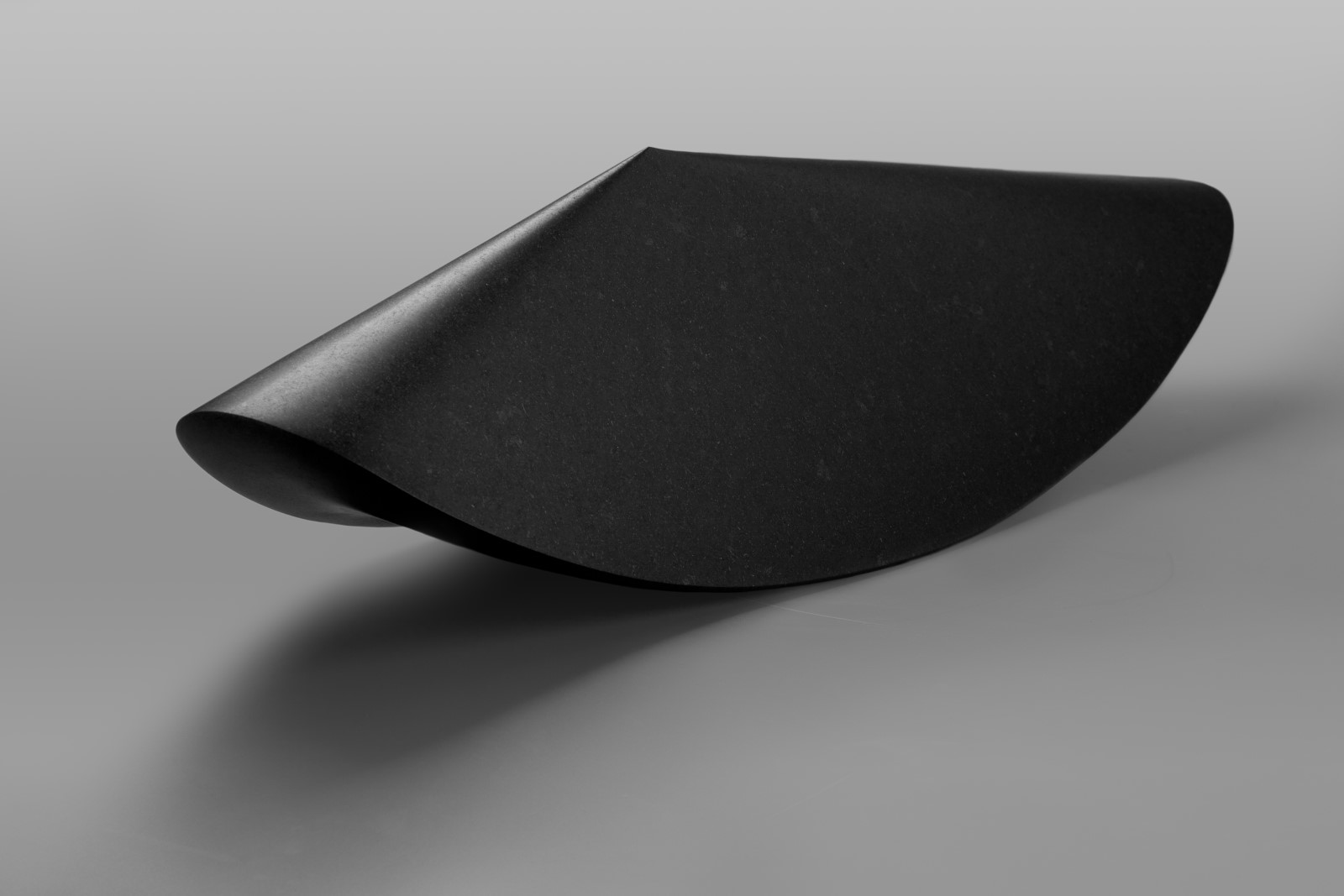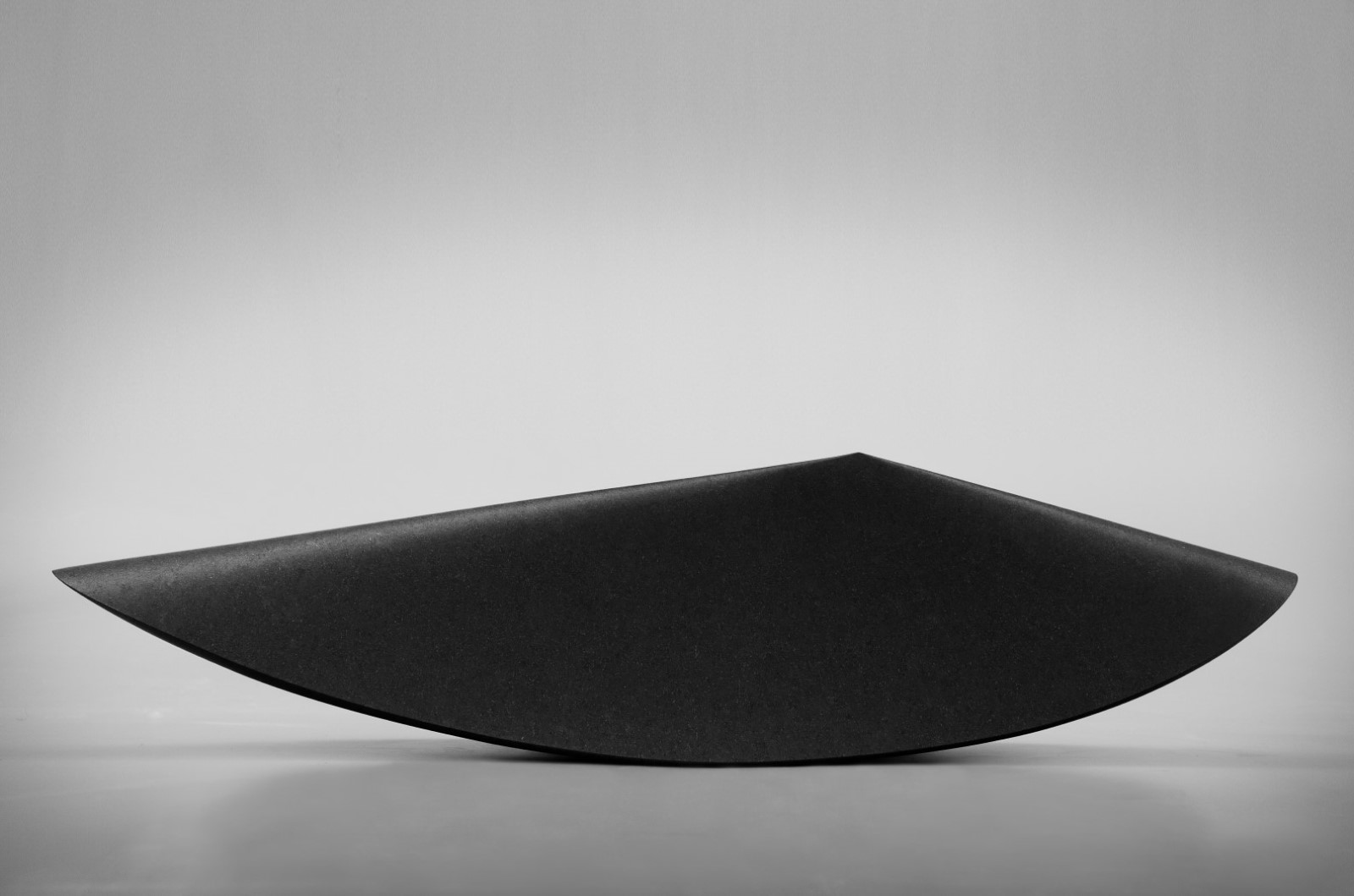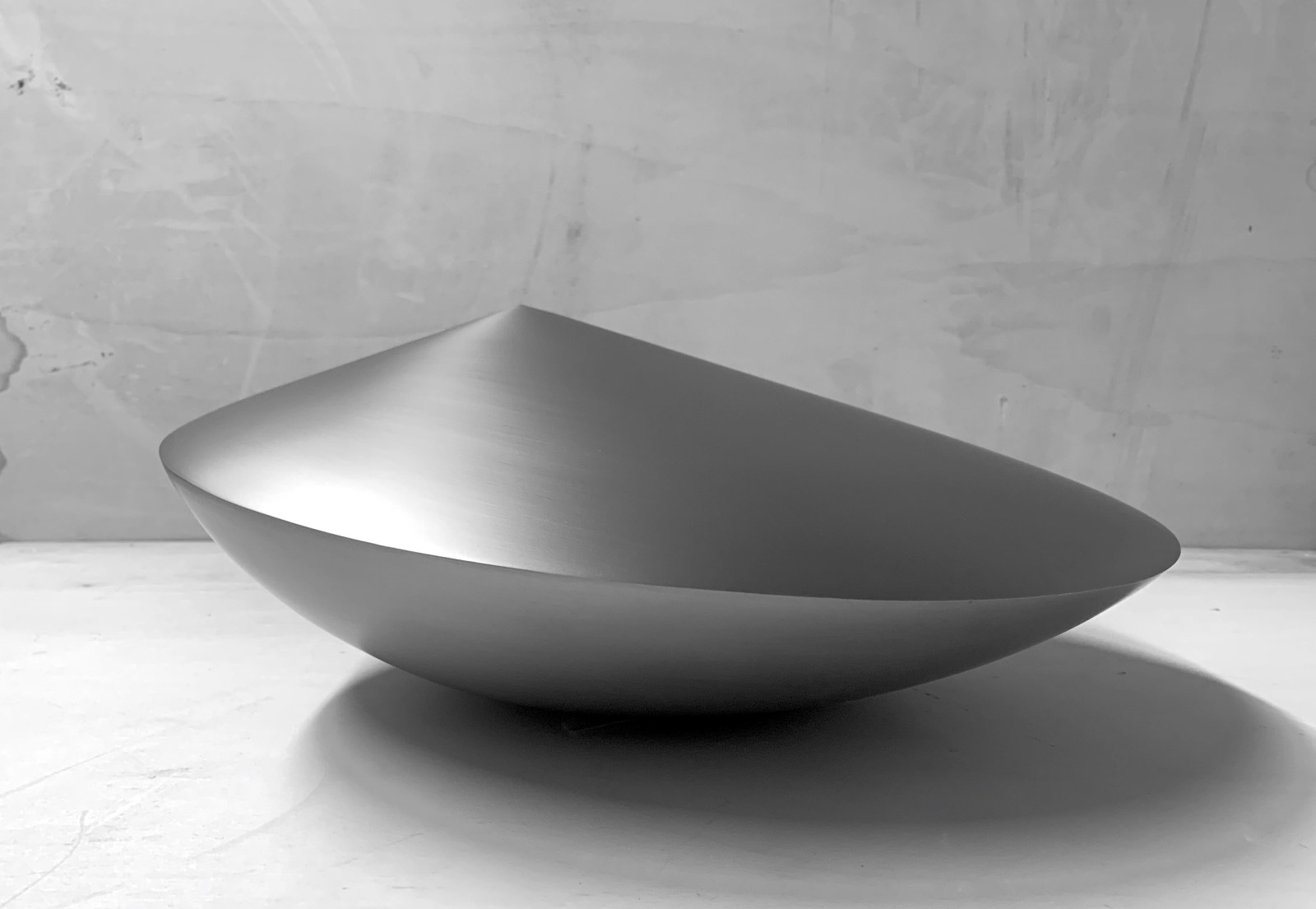
Untitled 2021
White Bronze, 44 x 44 x 18 cm
“Each work may be considered as a contemporary microcosm, unnamed, self-referential, but rich of past and present identity, still tied to previous work but announcing the forthcoming one, which enables the viewer to participate in the discovery of his inner energy, sharing in the identity. Each plastic work is a son of his time thanks to technology available to artists – continuing to enhance the manual technical aspects but without ever denying the past.”
Maurizio Vanni

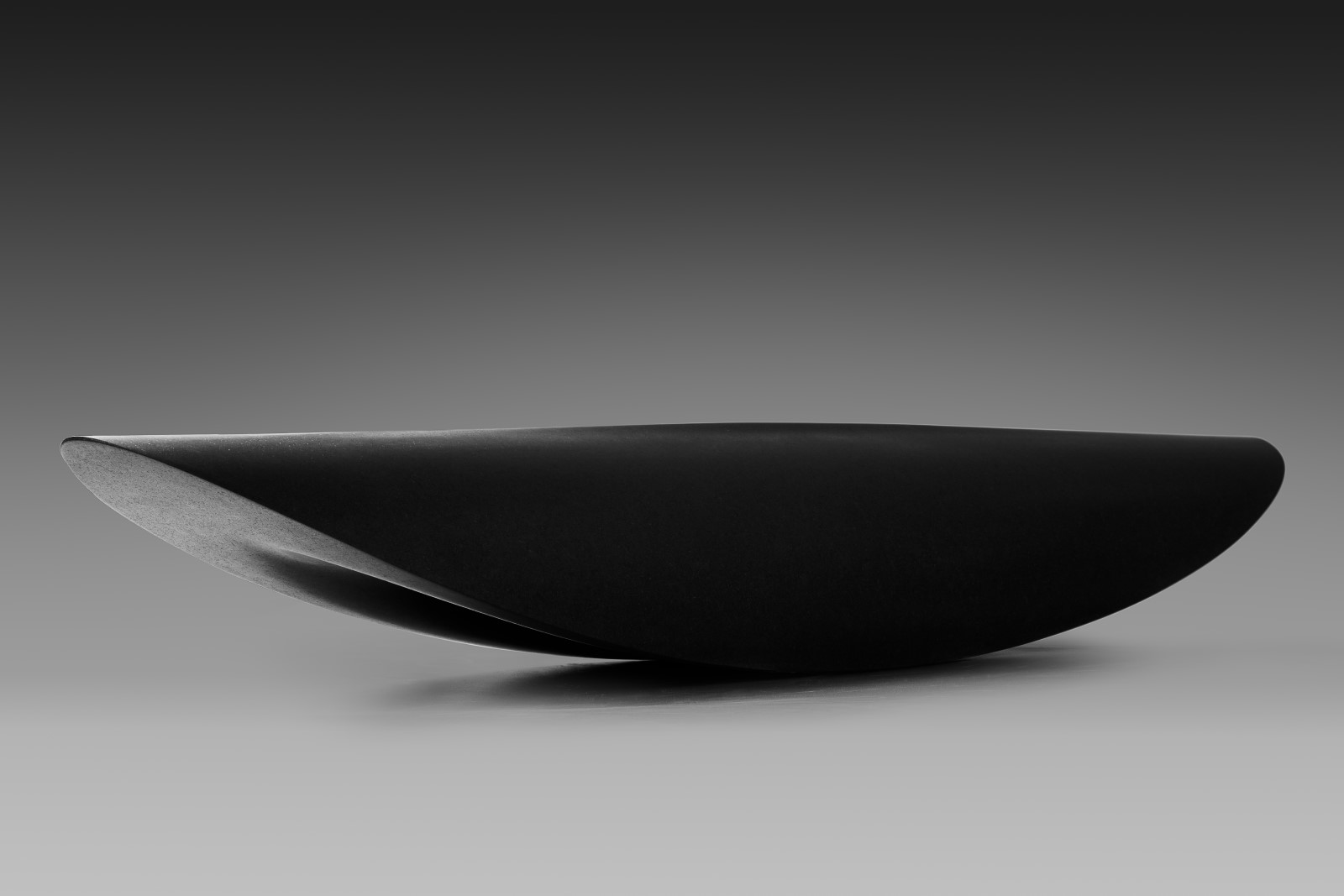
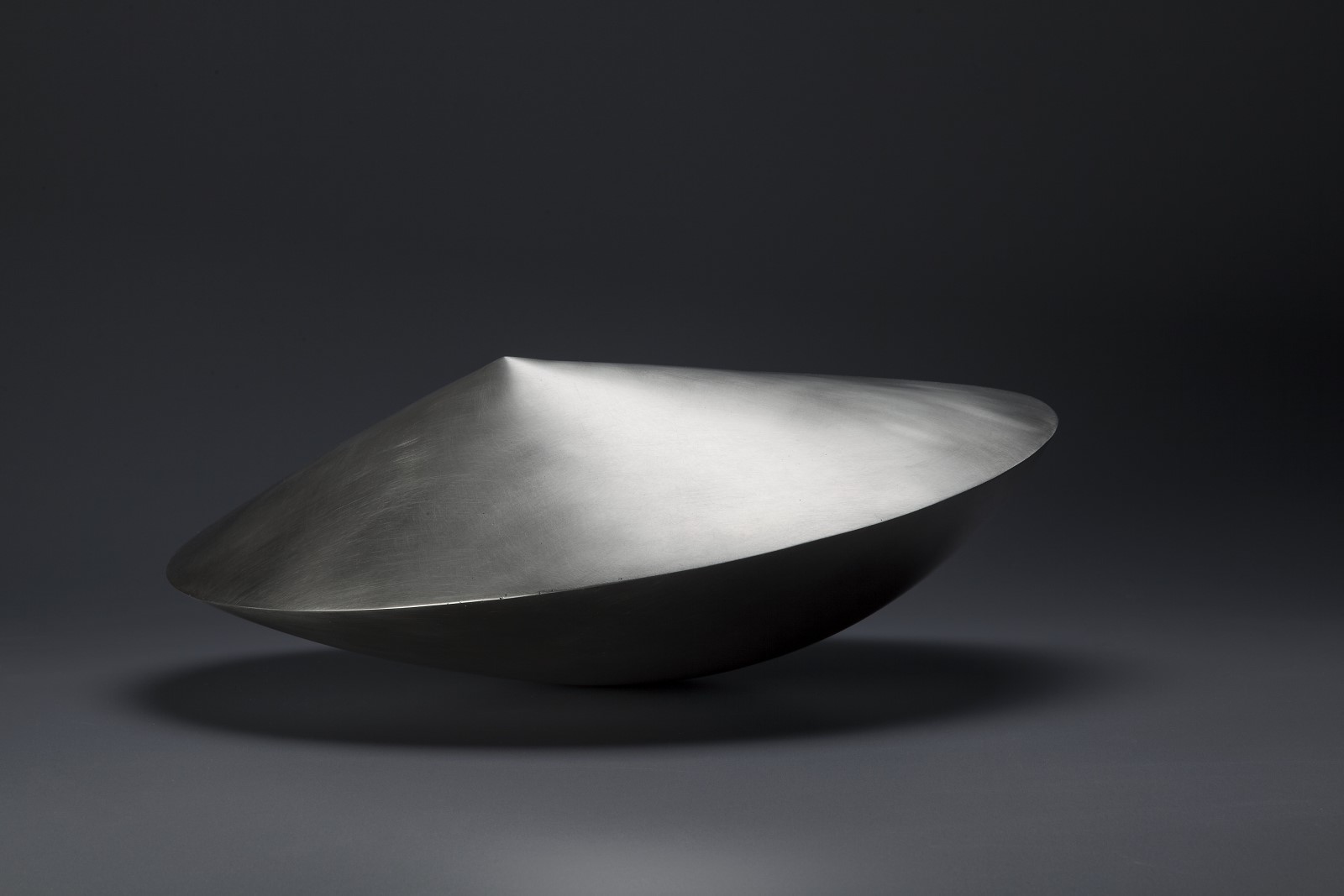
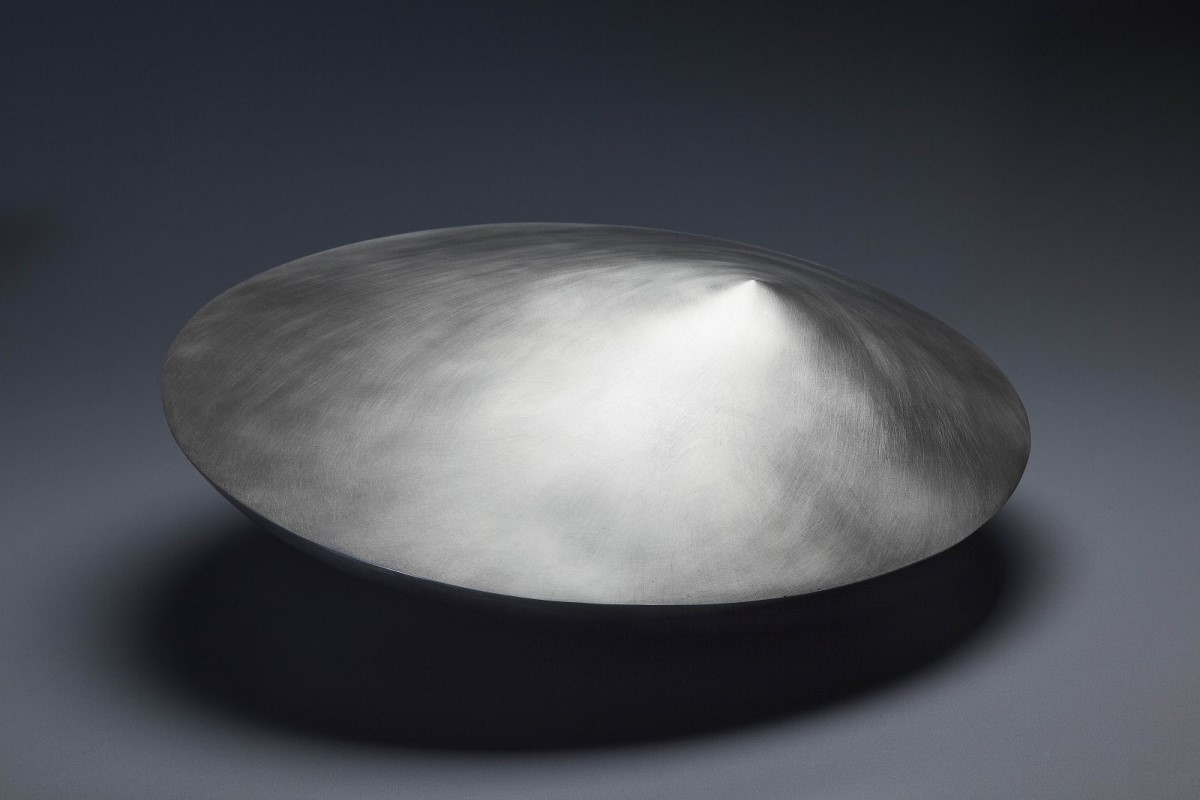
.jpg)
.jpg)
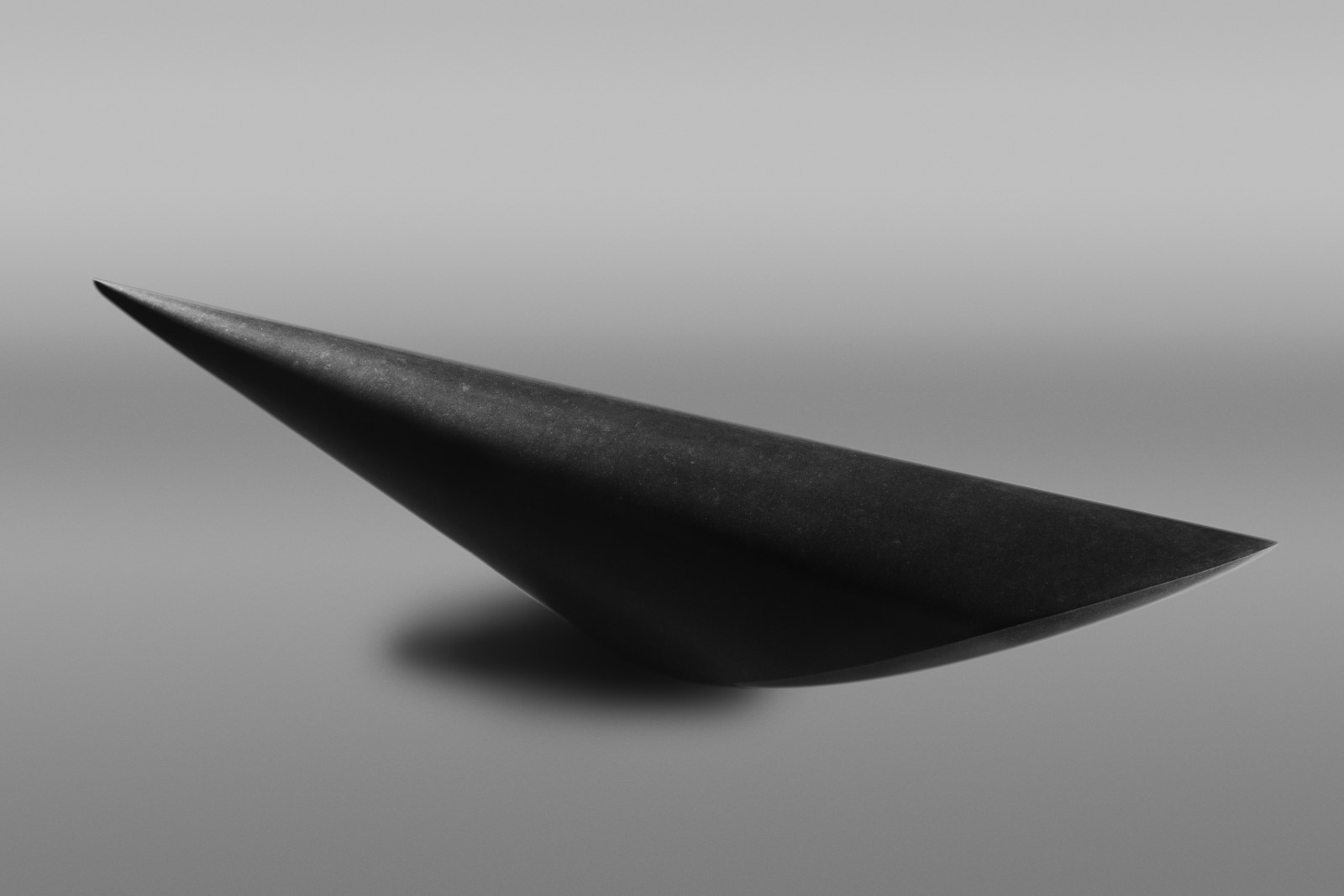
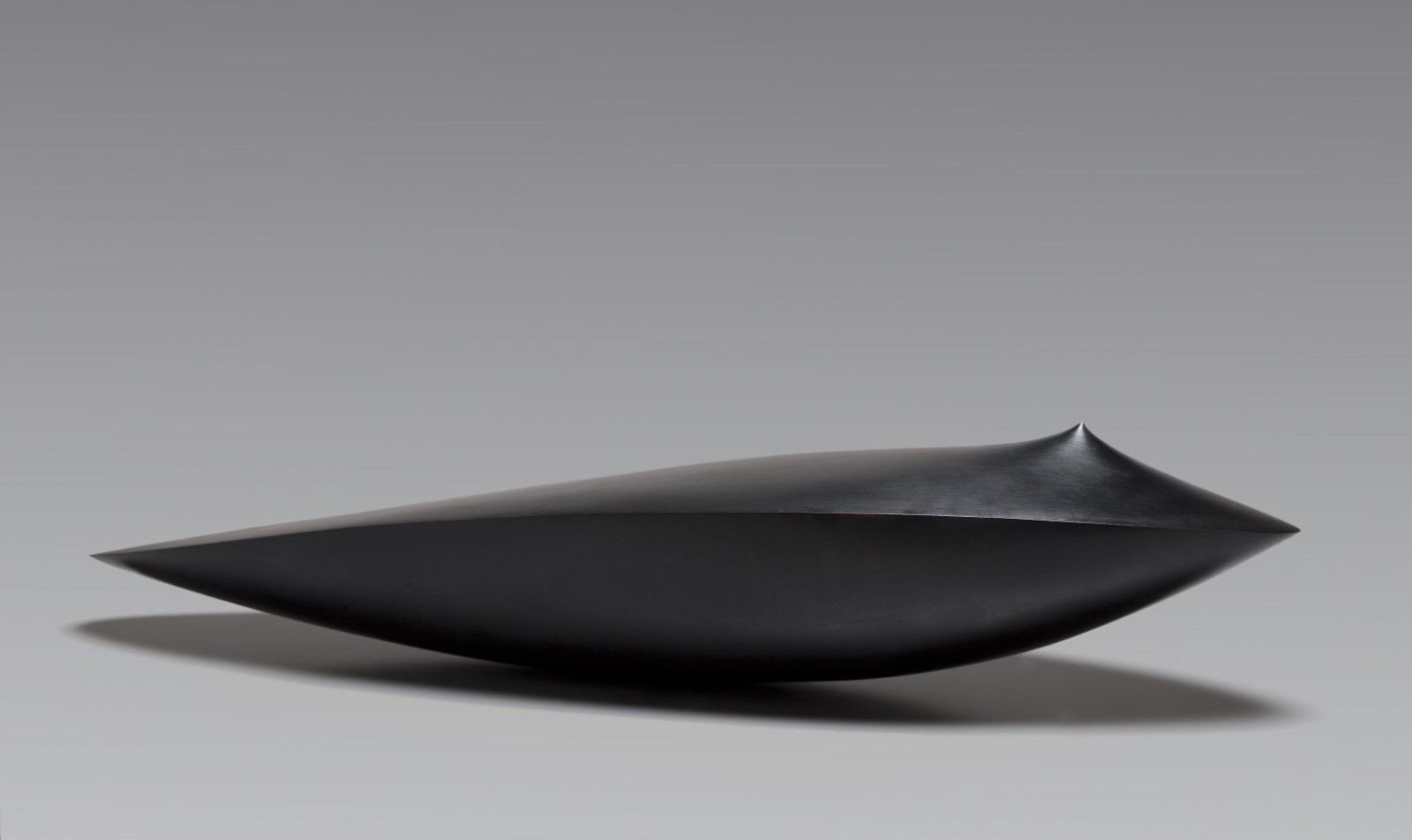
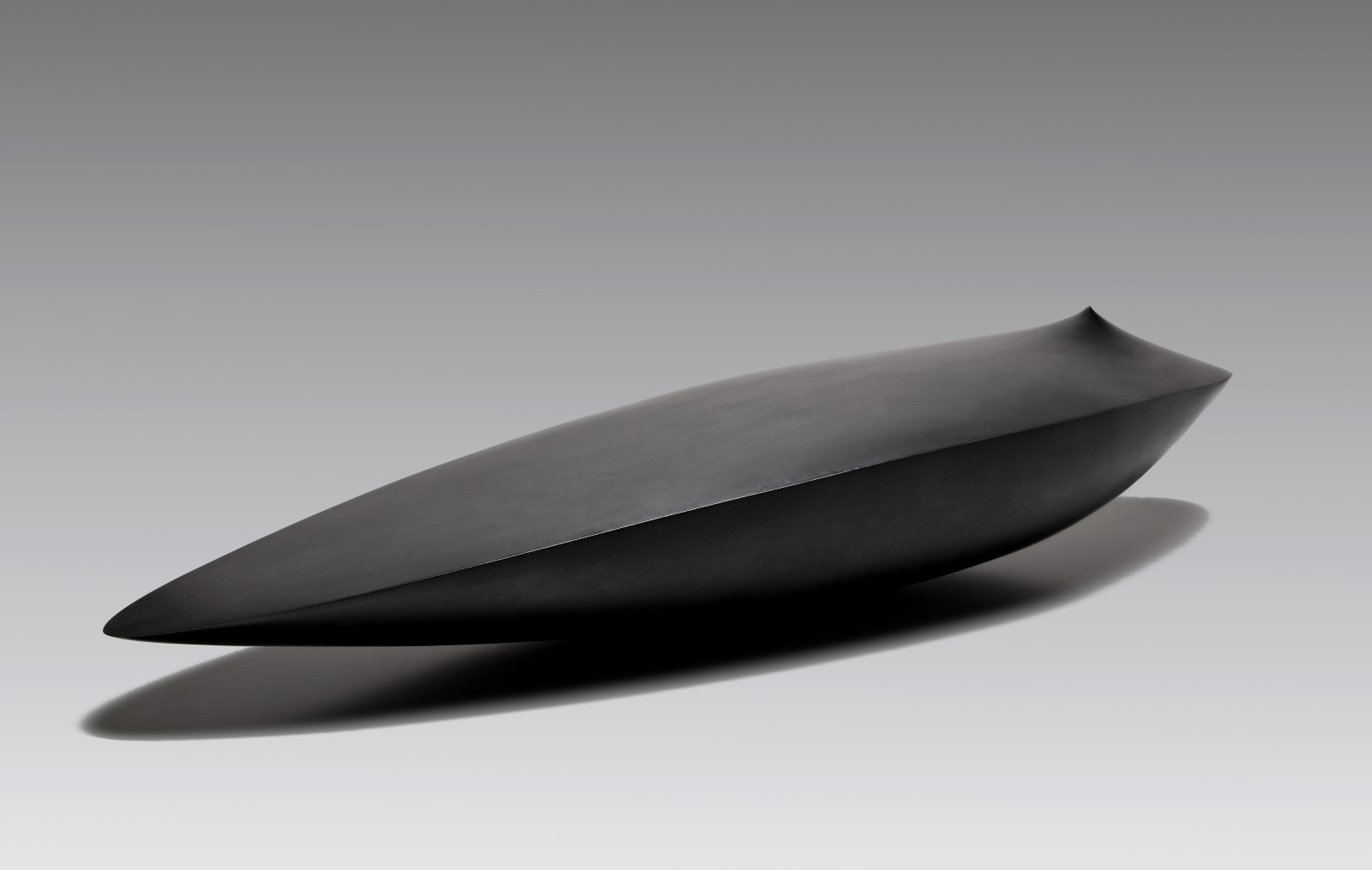
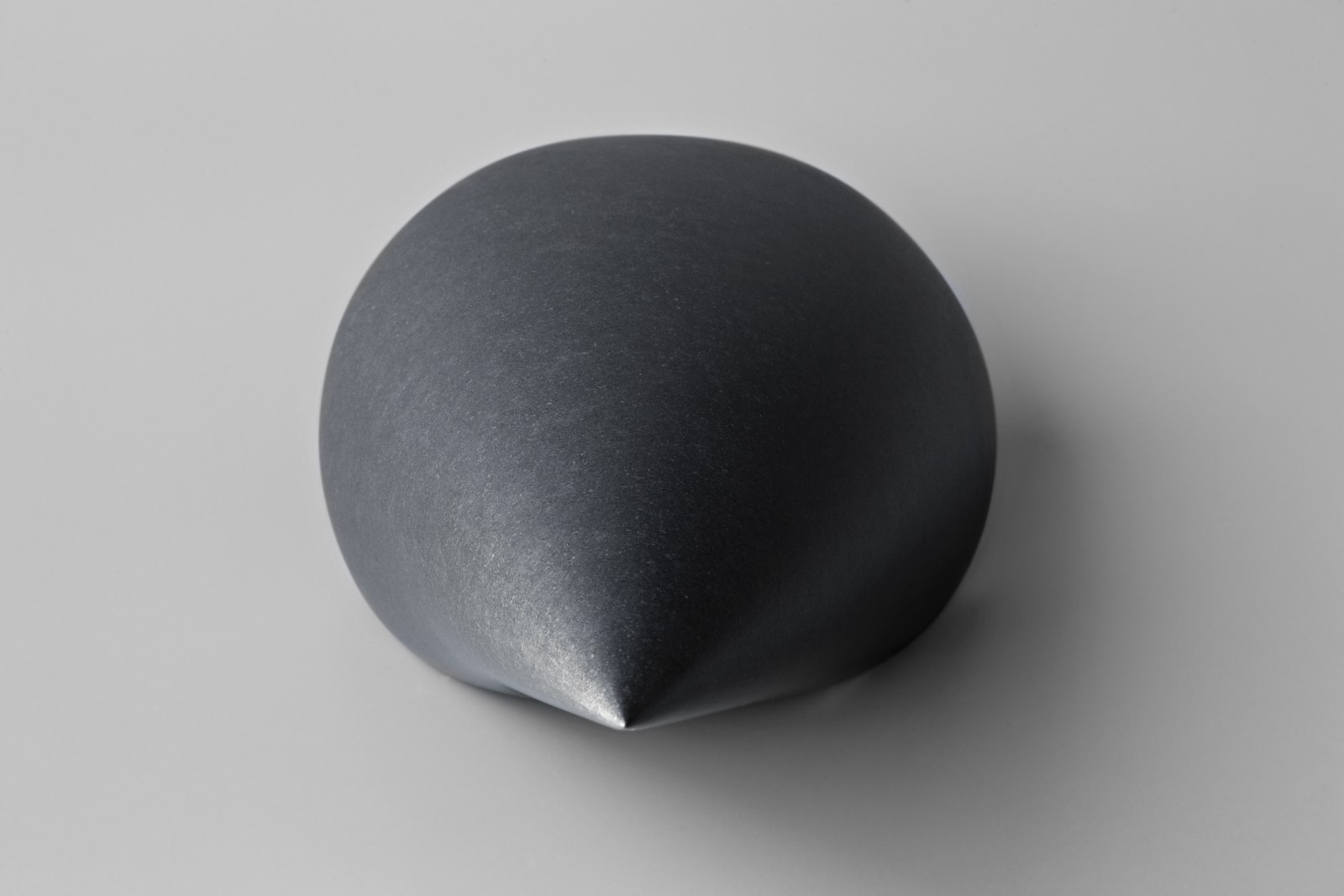
.jpg)
.jpg)
.jpeg)
